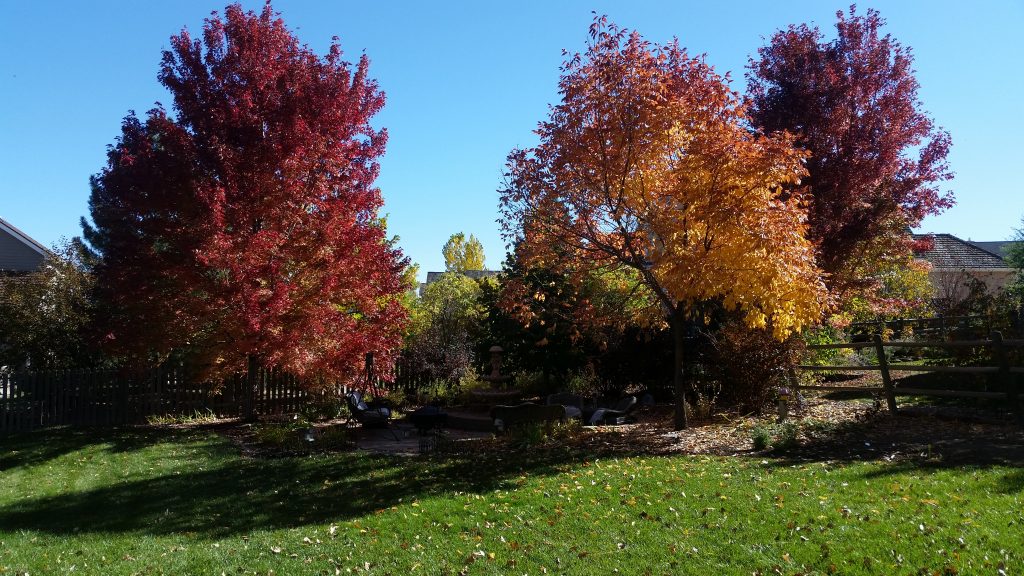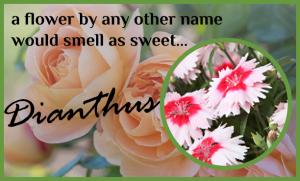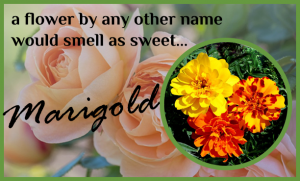The evenings are cooler and mornings are downright chilly. It gets dark soon after dinner and the calendar says it’s the first day of autumn! We can tell the seasons are changing, but trees and shrubs don’t keep calendars. How do they know when it’s time to change color and drop their leaves?
Although plants don’t have thermometers to tell them just how cold it is, the cooler temperatures are a deciduous plant’s first clue that the seasons are changing. As the nighttime temperatures drop, a plant’s sap thickens. The sap carries water and nutrients from the soil to the leaves and branches. When it thickens in the cold weather, it moves more slowly – like cold molasses – therefore, the tips of the branches and tops of the trees receive less water. As the temperature continues to drop, the interior and lower portions of the plant also receive less water.
Plants don’t wear wrist watches, but they can tell there are fewer hours of daylight. Chlorophyll is the green substance in the leaves which converts sunlight to carbohydrates for the plant. With fewer hours of daylight, the chlorophyll manufactures less carbohydrates (energy) for the plant.
The combination of less effective water mobility and less carbohydrate production triggers a hormone function that stimulates “abscission cells” at the base of each leaf. These cells pinch off each leaf which further decreases water mobility into the leaf and starves the now less productive chlorophyll. When the green chlorophyll is gone, we see the other pigments each plant possesses — reds, oranges, yellows and everything in between.
Abscission cells continue to thicken and pinch off the leaf until the leaf is literally hanging on by a thread. By the continuous work of gravity or with the assistance of wind, the leaf then falls from the tree leaving behind a nice, clean leaf scar but not an open wound to the tree or shrub.
So, you may notice the trees changing subtly from the top down (the result of lower temperatures) or they may seem to change color suddenly (the result of quick hormone production) but either way, enjoy the season of Autumn!

Maple and Ash trees



